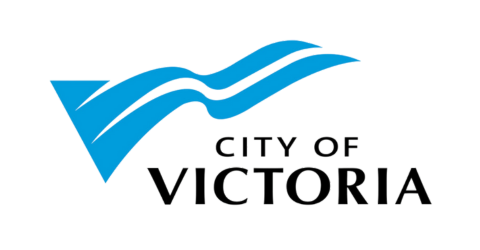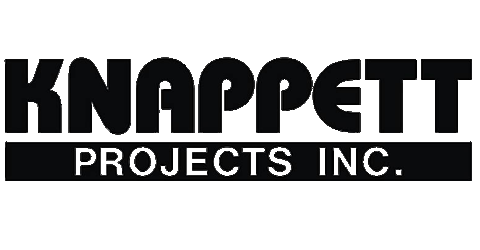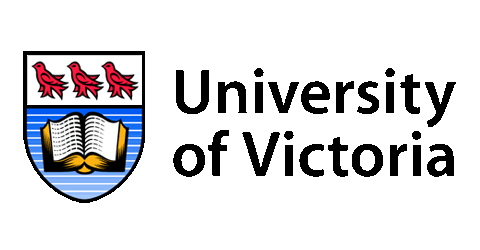C-5 aims to rebuild Canada’s economic momentum
An economic evolution that the national chamber network has been working on for years is one step closer to reality this week. On June 23, the federal government passed legislation to vastly improve free trade and labour mobility between provinces.
Without this legislation, large-scale energy and infrastructure projects have routinely been delayed by regulatory gridlock, rising costs and political indecision.
“The Canadian Chamber of Commerce applauds the federal government for urgently introducing and passing Bill C-5 in the House of Commons,” Canadian Chamber Executive Vice President and Chief of Public Policy Matthew Holmes said, adding the ongoing tradewar with the US administration drove home the need to diversify. “We cannot have all our eggs in the United States economic basket any longer.”
Projects where fast-tracking has the broad support of impacted First Nations, Métis and Inuit communities should be the first to be considered.
“Canada’s business community firmly believes we can end project paralysis while working in collaboration with Indigenous rights holders and communities while maintaining world-class environmental standards,” Holmes said. “We know respect and partnership for shared prosperity are the path forward. The Canadian Chamber does not believe a major project is viable in the absence of clear community level support and expects Canada to meet its legal obligations to consult and cooperate with Indigenous peoples, per the United Nations Declaration on the Rights of Indigenous Peoples Act adopted in 2021.”
Bill C-5 is just the first step. The onus is now on the federal government to deliver so that we can build economic momentum in Canada and show the world we’re serious about growth, energy and getting big things done.
























